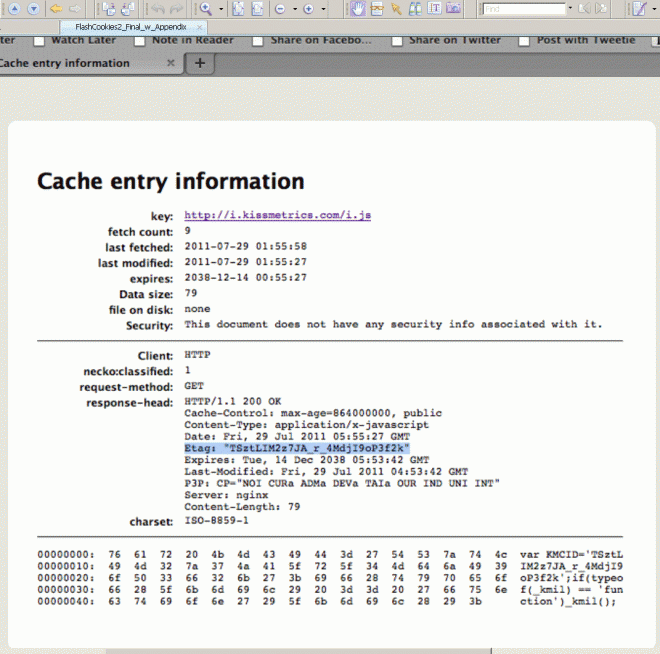In the wake of the Fukushima disaster in Japan, the U.S. Nuclear Regulatory Commission has released a task force report on the safety of America’s 104 nuclear reactors.
And on “The Early Show” Wednesday, CBS News Chief Investigative Correspondent Armen Keteyian offered Part Two of his investigation into one troubled nuclear power plant, in Spring City, Tenn.
On Tuesday, he reported on whistleblower Ann Harris, a 71-year-old great-grandmother who’s made it her life’s calling to hold those operating the plant accountable when it comes to safety.
On Wednesday, he looked into the culture war at the facility known as Watts Bar.
Linda Nadeau worked for more than 20 years as a security guard for the Tennessee Valley Authority, the government-owned electricity corporation, patrolling the most secure areas of its nuclear power plants, including Watts Bar.
“I want people to know how we were treated,” she told Keteyian. “I’m not the only one. There was other people.”
Over the years, hundreds of such *people* have found their way to Harris’s home — long a safe haven for insiders seeking counsel from the former Watts Bar employee who has won a record six whistleblower lawsuits against the TVA.
“Not on anybody’s life,” says Harris, “would I let anybody know who come through here.”
She’s not alone.
A 1986 report documents what investigators called “widespread intimidation, harassment and discrimination by TVA management,” along with “widespread mistrust.”
A crying Janice Overall told CBS News her husband, Curtis, “paid the ultimate price.”
In the comfort of Harris’s kitchen, Overall spoke of Curtis, an award-winning employee who helped run Watts Bar’s unique ice containment system, designed to prevent a nuclear meltdown.
But in 1995, after Overall discovered what he believed were problems with the system on the eve of Watts Bar’s long-delayed startup, he got harassed with threatening notes, and even a fake bomb discovered in the back of his pickup. Battling a bad heart and deep depression, Overall died in 2007 at the age of 56, without any proof of who had harassed him.
Read moreCBS Watts Bar Nuclear Reactor Investigation Part II: Whistleblowers ‘Terrified’ At TVA Nuke Plants (Video)
